In the world of investing, there are many strategies and techniques that can be used to generate cash flow. From dividend stocks to rental properties, investors are always on the lookout for ways to increase their income. And with the rise of alternative assets, such as cryptocurrencies and non-fungible tokens (NFTs), there is a growing opportunity to generate cash flow by reselling assets on an accelerated timeline.
While our blog typically focuses on long-term investment strategies, we cannot ignore the potential for short-term gains in the fast-paced NFT market. In this article, we will delve into the world of NFTs and discuss a straightforward strategy for flipping them to boost your income. So if you’re ready to learn more about this exciting space, keep reading!
Quick Primer: All Things NFTs and Crypto
If you’re new to the world of NFTs and crypto, it’s essential to have a basic understanding before diving into flipping NFTs. So let’s start with some definitions.
What Does Flipping NFTs Mean?
Flipping NFTs refers to the act of buying an NFT and then quickly reselling it for a higher price. This is similar to flipping houses or cars, where the goal is to buy low and sell high. However, unlike physical assets, NFTs are entirely digital and exist on the blockchain, making them easily transferable.
Why Flip NFTs?
Now, you may be wondering why anyone would want to flip NFTs instead of holding onto them for the long term. Well, there are a few reasons why flipping NFTs can be a profitable strategy.
Ease of Flipping
One of the main advantages of flipping NFTs is the ease of the process. Unlike traditional assets, there is no need to physically transfer ownership or go through a lengthy selling process. NFTs can be bought and sold instantly, making flipping a quick and straightforward process.
There is Money to be Made
Another reason to consider flipping NFTs is the potential for significant profits. With the rise of NFTs in the mainstream market, there is a growing demand for these digital assets. And as with any asset, when demand increases, so does the price. This presents an opportunity for investors to buy low and sell high, generating a substantial cash flow.
Demand is Plentiful
Finally, the demand for NFTs is plentiful, making it easier to find buyers for your flipped NFTs. As more people become interested in owning NFTs, the market for these digital assets continues to grow. This means that there is a constant stream of potential buyers looking for unique and valuable NFTs.

A 4-Part Guide to Making Your First NFT Flip
Now that you have a better understanding of what NFTs are and why flipping them can be a profitable strategy, let’s dive into a step-by-step guide on how to make your first NFT flip.
1. Identify a Desirable NFT Project
The first step in flipping NFTs is to identify a desirable project. With thousands of NFTs available on various platforms, it can be overwhelming to know where to start. So here are a few tips to help you choose a promising NFT project:
- Research the artist or creator behind the NFT. Are they well-known or have a strong following? This can increase the value of the NFT;
- Look at the rarity of the NFT. Is it a one-of-a-kind piece or part of a limited collection? The rarer the NFT, the more valuable it may be;
- Consider the theme or subject matter of the NFT. Is it something that is currently trending or has a strong following? This can increase demand for the NFT.
Once you have identified a desirable NFT project, it’s time to move on to the next step.
2. Mint or Buy Your NFT
The next step is to acquire your chosen NFT. There are two ways to do this: minting or buying.
Minting
Minting an NFT means creating it yourself. This is typically done through a platform that allows users to create and sell their NFTs, such as OpenSea or Rarible. Minting an NFT requires some technical knowledge and may involve gas fees (transaction fees on the blockchain). However, it can be a more cost-effective option than buying an already minted NFT.
Buying
Buying an NFT involves purchasing it from someone who has already minted it. This can be done on various platforms, including those mentioned above. When buying an NFT, make sure to do your research and verify the authenticity of the NFT before making a purchase.
3. Monitor NFT Value in Your Fiat Currency of Choice Using Kubera
After acquiring your NFT, it’s essential to monitor its value in your fiat currency of choice. While NFTs are typically bought and sold using cryptocurrencies, it’s helpful to track their value in a more familiar currency, such as USD or EUR. This is where Kubera comes in.
Kubera is a personal finance management tool that allows you to track all your assets, including cryptocurrencies and NFTs, in one place. With real-time market data and customizable portfolios, Kubera makes it easy to monitor the value of your NFTs and make informed decisions about when to sell.
4. Resell!
Once you have monitored the value of your NFT and determined that it has increased in price, it’s time to resell it. This can be done on the same platform where you bought the NFT or through a different marketplace. Make sure to set a reasonable price based on market trends and demand for similar NFTs.
Conclusion
In conclusion, flipping NFTs can be an excellent way to generate cash flow in the fast-paced world of alternative assets. With a growing demand for NFTs and the ease of buying and selling them, this strategy presents an opportunity for investors to increase their income. By following the steps outlined in this guide and using tools like Kubera to track your NFTs’ value, you can start flipping NFTs and potentially see significant profits. So why not give it a try and see where this exciting investment strategy takes you?
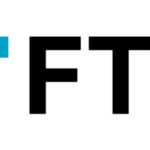





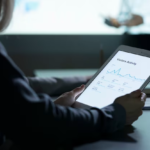
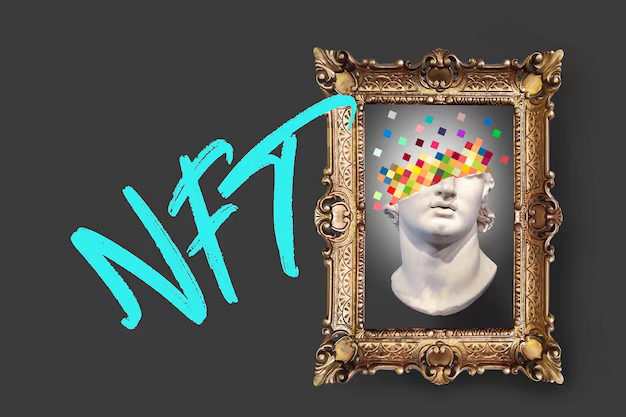
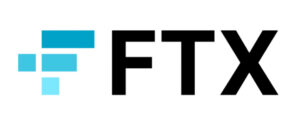


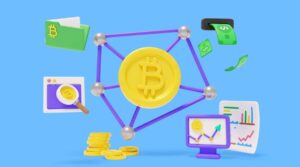
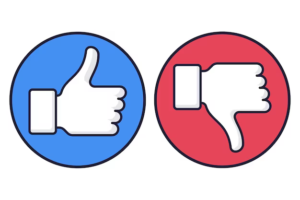
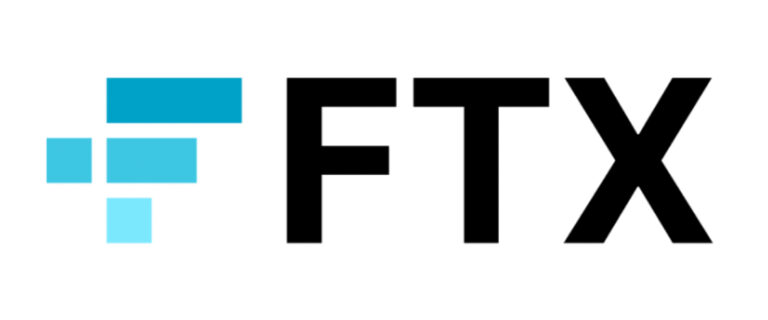

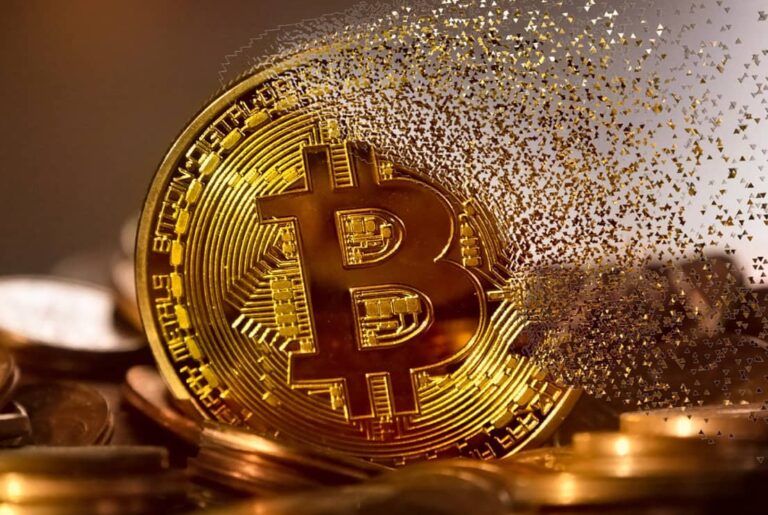
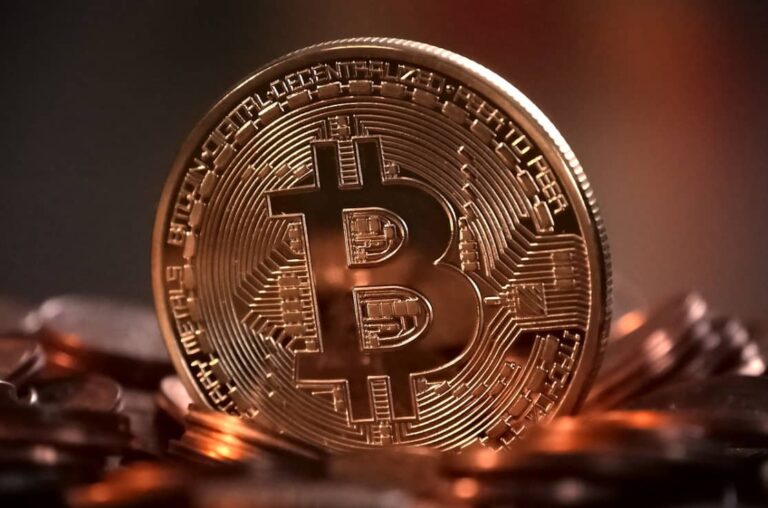
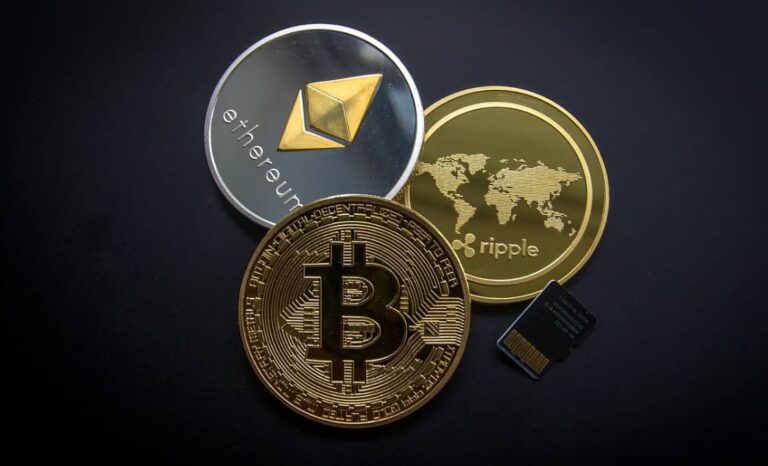

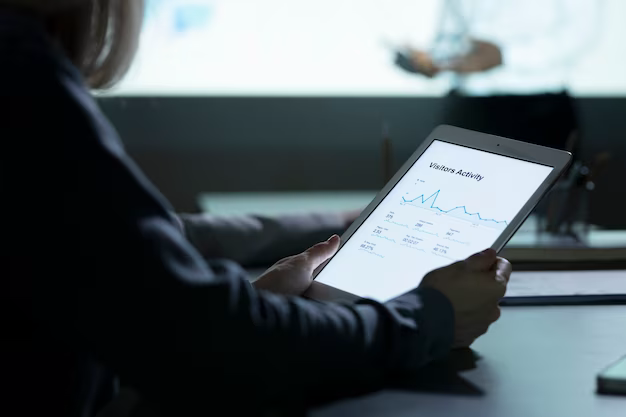
+ There are no comments
Add yours